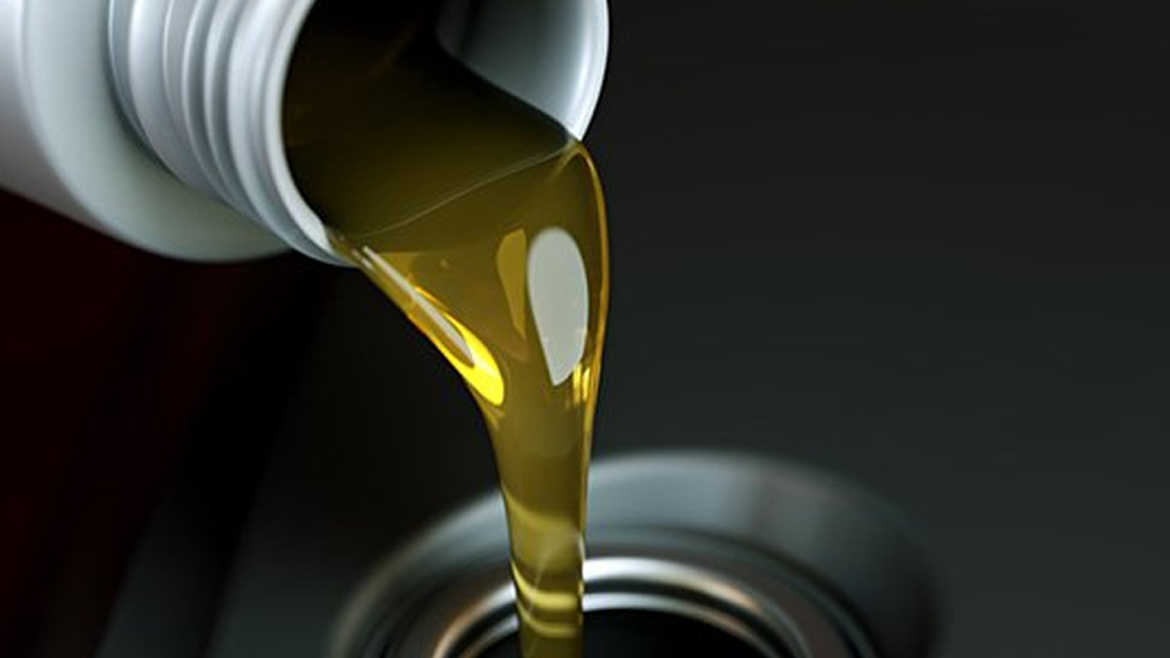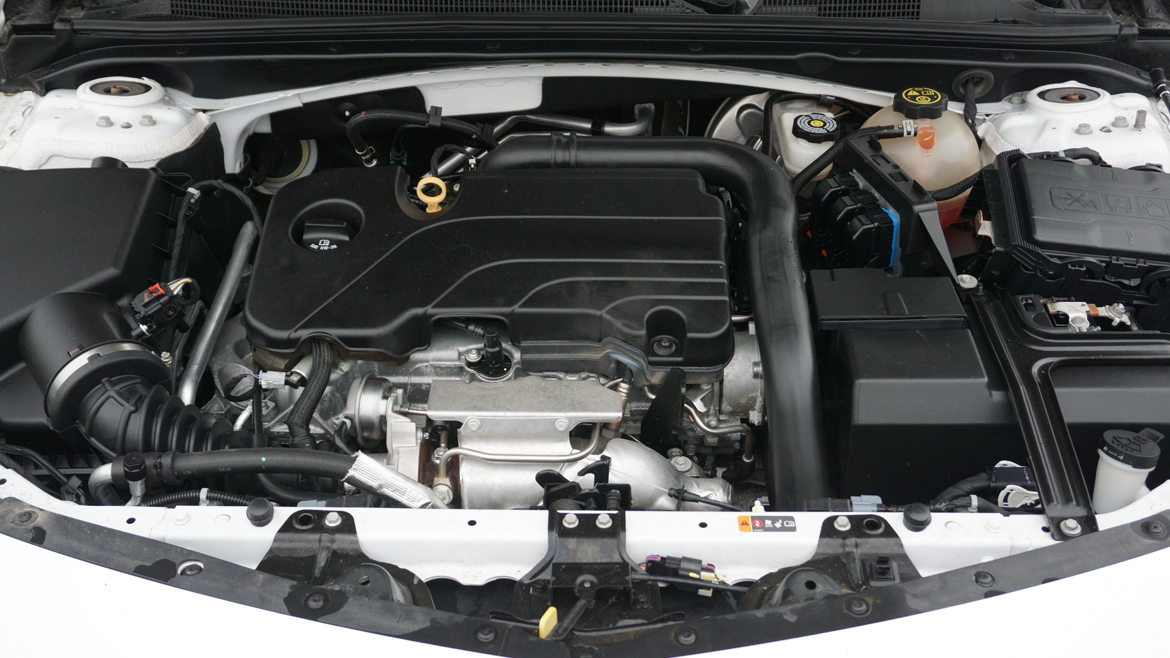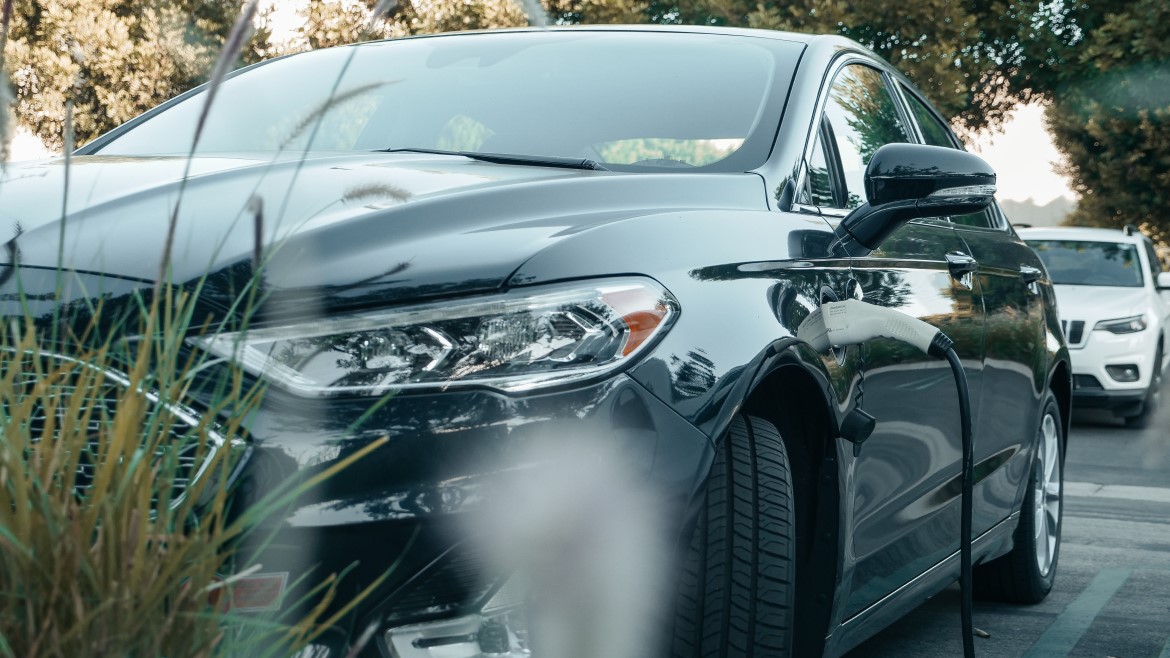The continued requirement for vehicles to reduce harmful emissions has led to Original Equipment Manufacturers (OEMs) adopting a range of engine aftertreatment systems, such as Selective Catalytic Reduction (SCR) as well as particulate filters in both diesel (DPFs) and, more recently, gasoline (GPFs) fueled vehicles.
Such aftertreatment systems typically require lower levels of Sulphated Ash, Phosphorous and Sulphur (SAPS) in the engine lubricant. SAPS are important components in the formulation of a lubricant, providing wear protection and cleanliness performance amongst many other benefits. However, if the chemistry within a lubricant contains SAPS above OEM-specified limits, the levels of ash created during combustion can eventually completely block the filtration channels, requiring GPF/ DPF replacement or cleaning and incurring large expense for the vehicle owner. Likewise, very high levels of phosphorous and sulphur can have a detrimental effect on catalytic converters, again causing significant cost and downtime. Therefore it is imperative that only engine lubricants that meet the specific needs of the OEM are used throughout the lifetime of the vehicle.
Daimler is one of the leading automotive companies in the world, with brands including Mercedes-Benz, Mercedes-AMG, Mercedes-Maybach and Smart. The requirement for lower SAPS engine lubricants resulted in the MB 229.52 dedicated service-fill specification, introduced in 2012.
The MB 229.52 specification was primarily tailored for Mercedes-Benz vehicles equipped with BlueTEC® diesel technology. These are equipped with SCR, enabling the reduction of nitrogen oxides (NOx) emissions through the use of AdBlue®. It particularly applies to the new six-cylinder OM642 diesel engine with the Euro 6 emissions standard.
Marketed by Daimler as “Low SPAsh multigrade service engine oils,” approved MB 229.52 lubricants must deliver at least 0.7% fuel economy improvement compared to the MB 229.51 and MB 229.31 specifications. To achieve this, lubricants must have improved cold flow properties to reduce friction within the engine, allowing oil to flow effectively at start-up. This lowers the vehicle’s fuel consumption by increasing efficiency.
Building upon the industry baseline of ACEA C3, lubricants approved to the MB 229.52 long life oil specification are backwards compatible with the MB 229.51 and MB 229.31 specifications, being suitable for a range of gasoline and diesel engines with or without a GPF/DPF.
The MB 229.52 specification has evolved since its launch, with the Daimler LSPI test being added to the engine test requirements. It is also formulated to go above and beyond the ACEA baseline through:
- Additional bench tests for oxidation, wear and corrosion
- Additional engine tests for wear, fuel economy and Low Speed Pre-Ignition (LSPI)
- More stringent test limits for foaming, pumpability, oxidation, sludge, diesel wear and biofuel
Our View
Approved MB 229.52 lubricants require a carefully formulated blend of additives, performance polymers and base oils, working in harmony with each other as well as the vehicle’s specific engine and aftertreatment system. The right formulation can enable oil marketers to successfully market MB 229.52-approved lubricants.
For more information on passenger car specifications, please contact your Lubrizol representative.
For a deeper dive into specifications, see the Lubrizol Ready Reference Guide, the industry's go-to resource for understanding fuel and lubricant performance principles and requirements.









